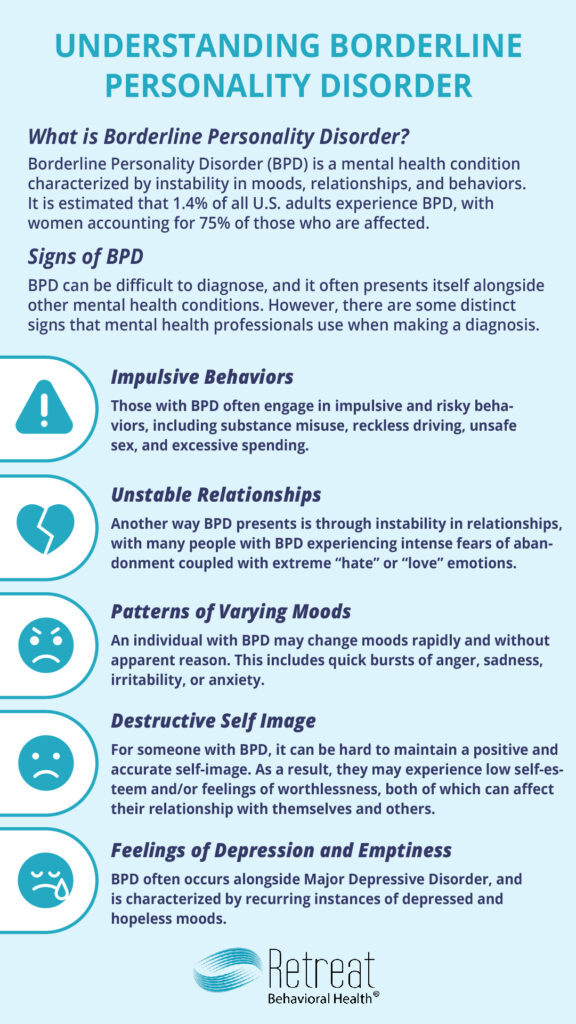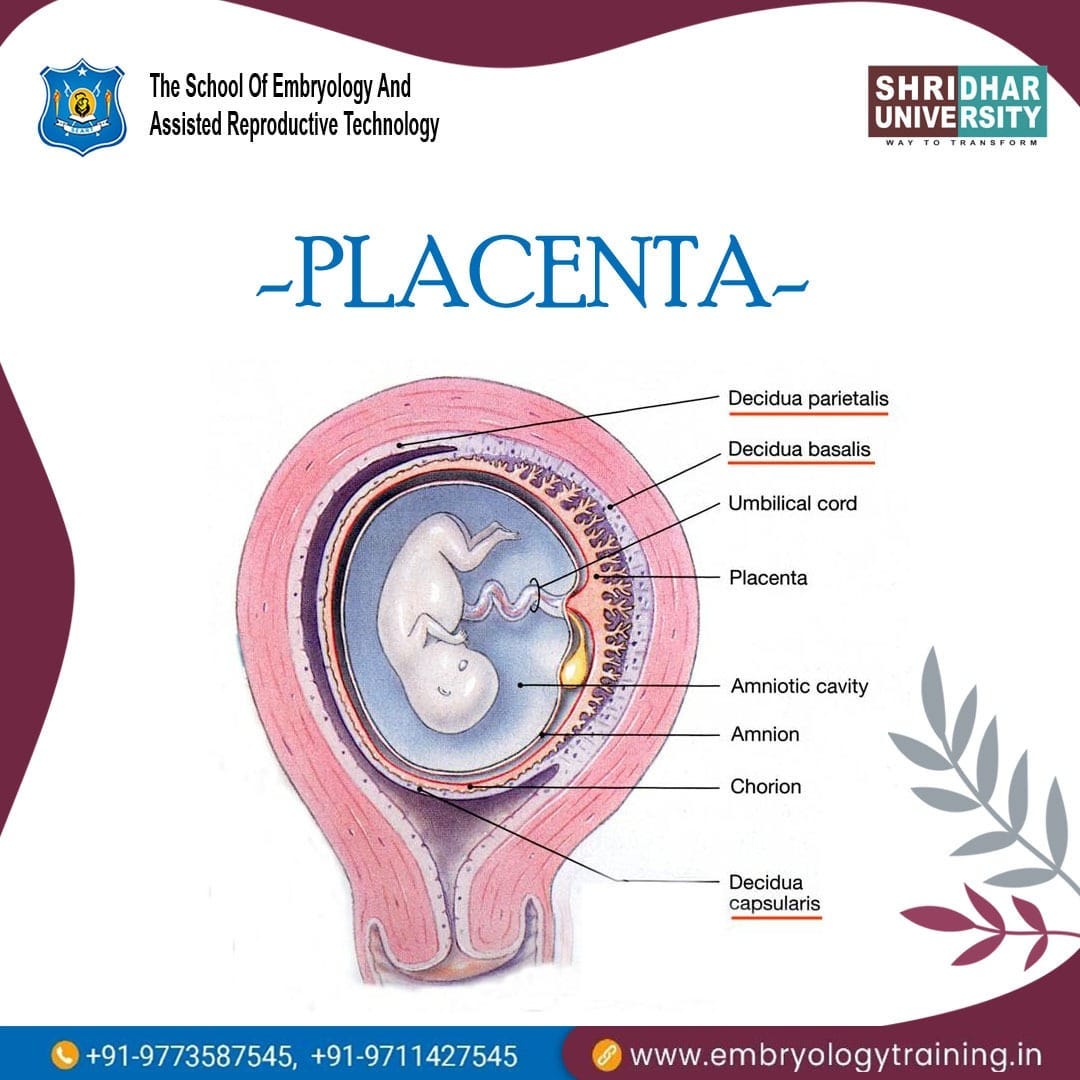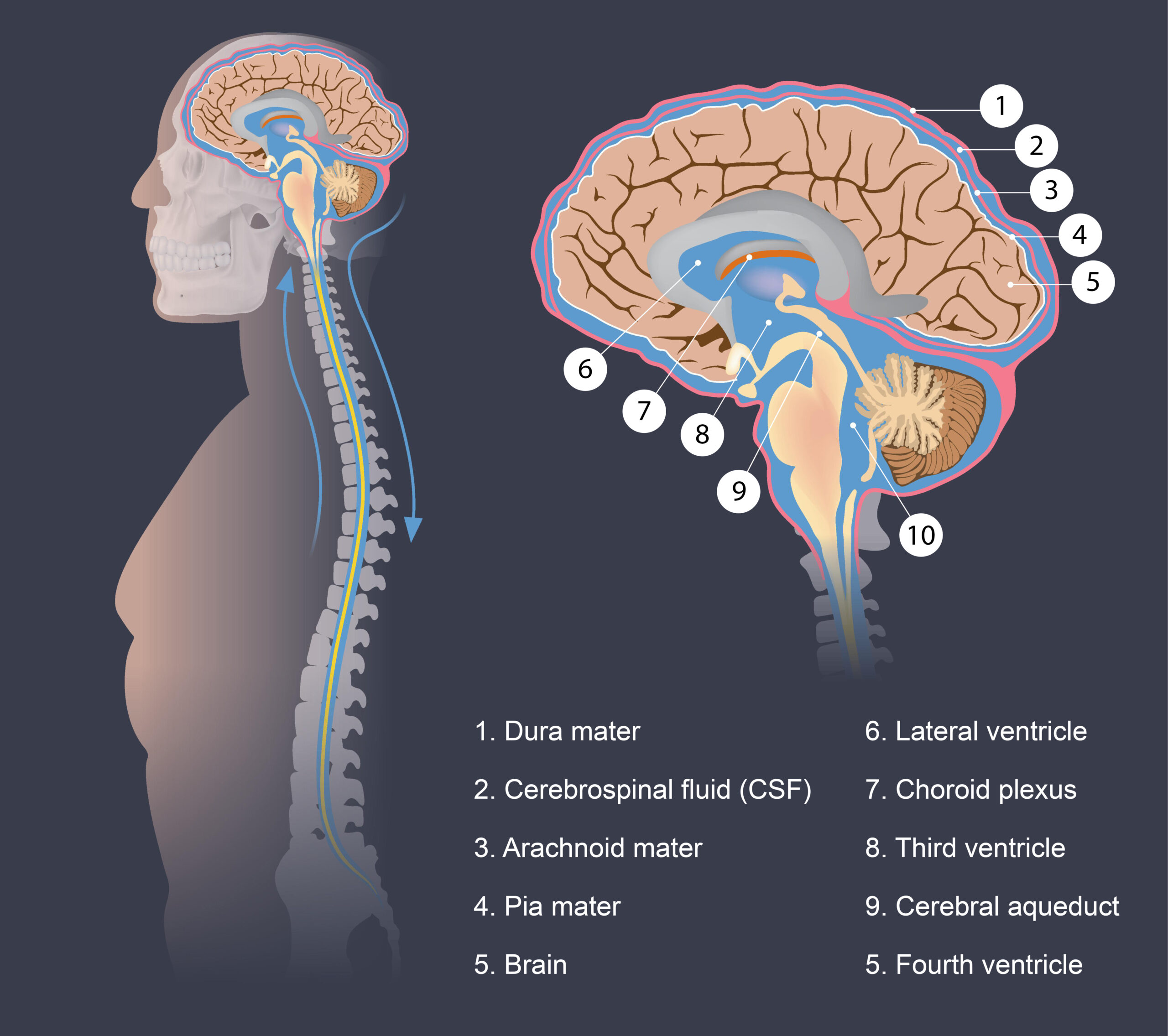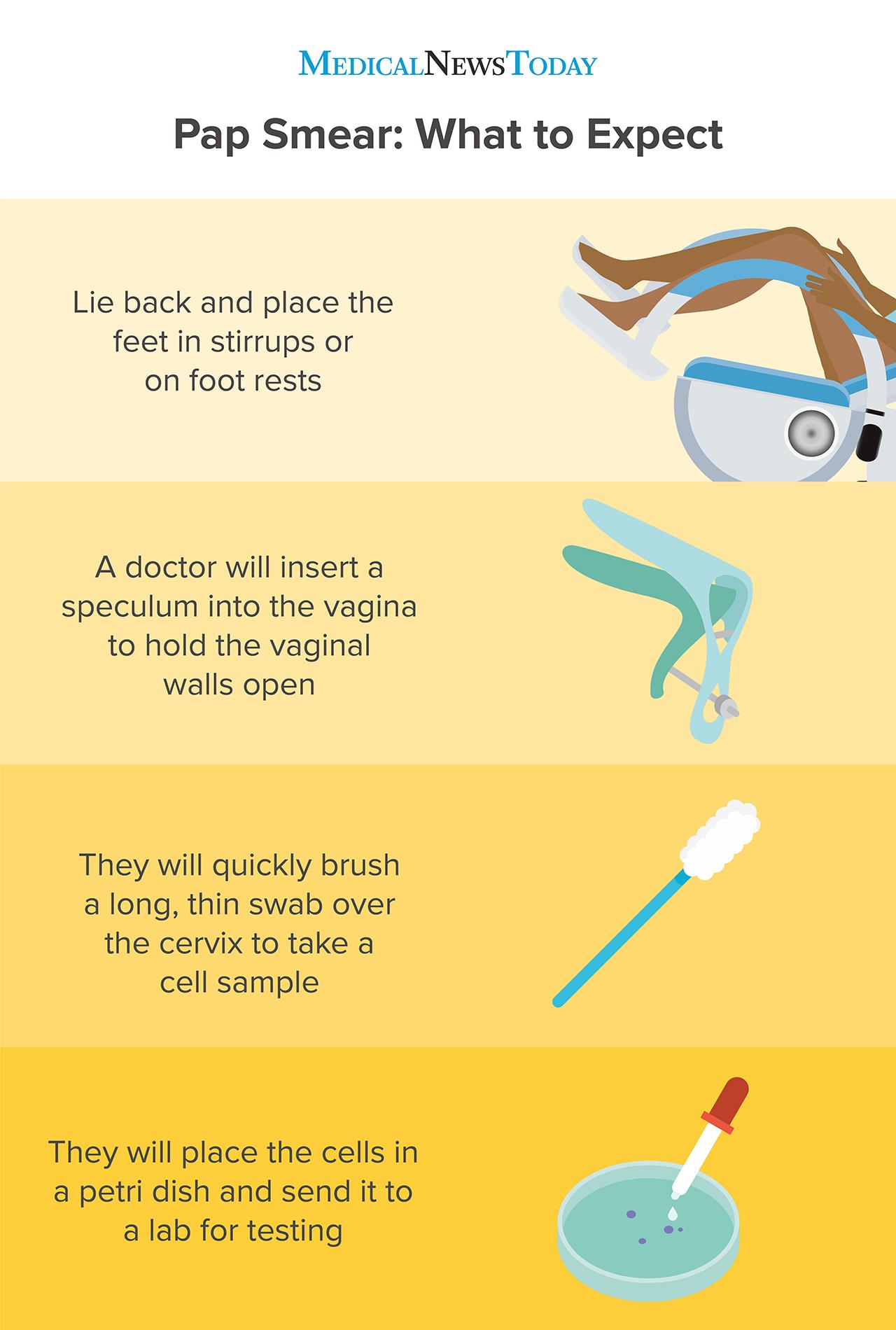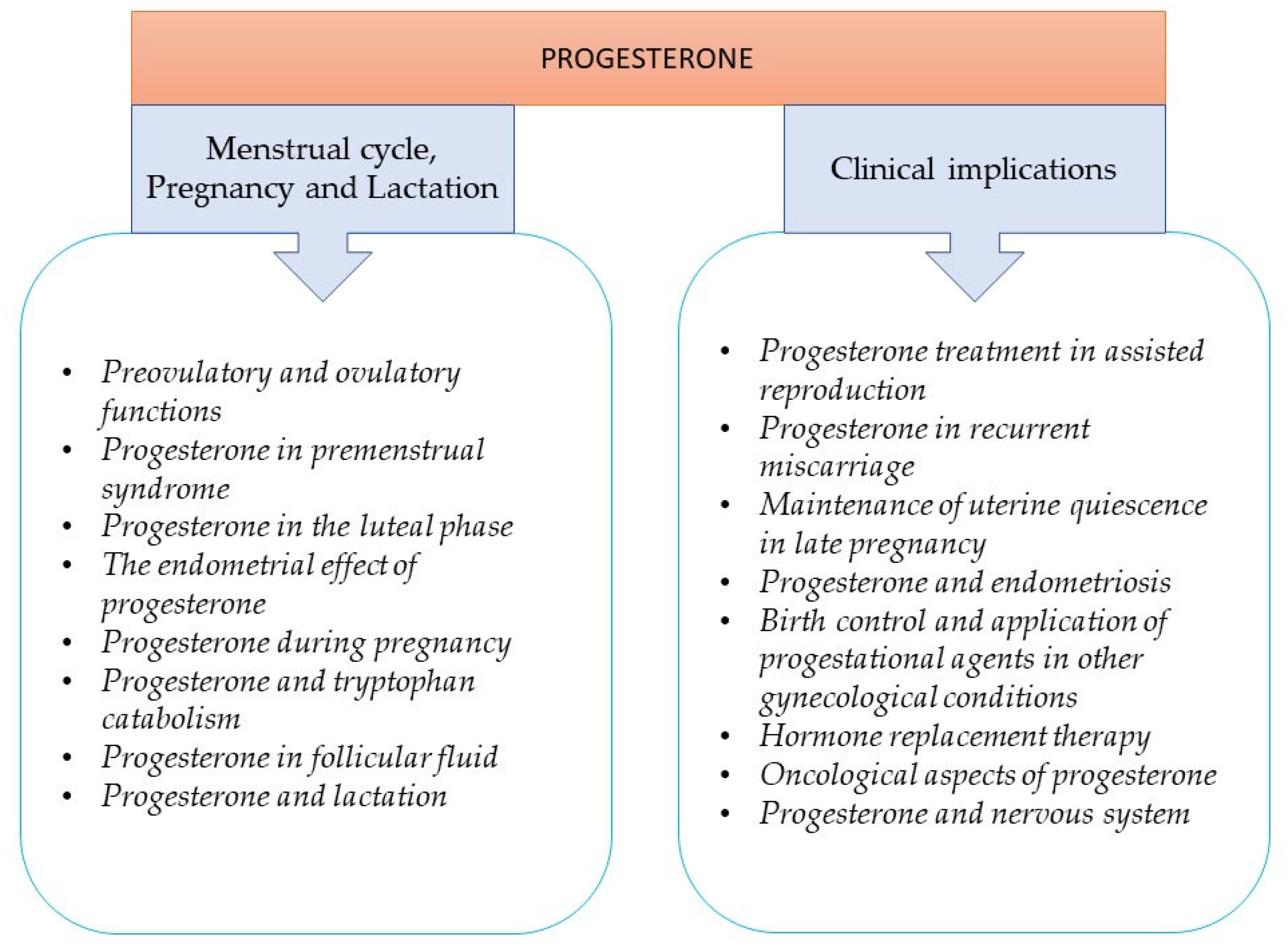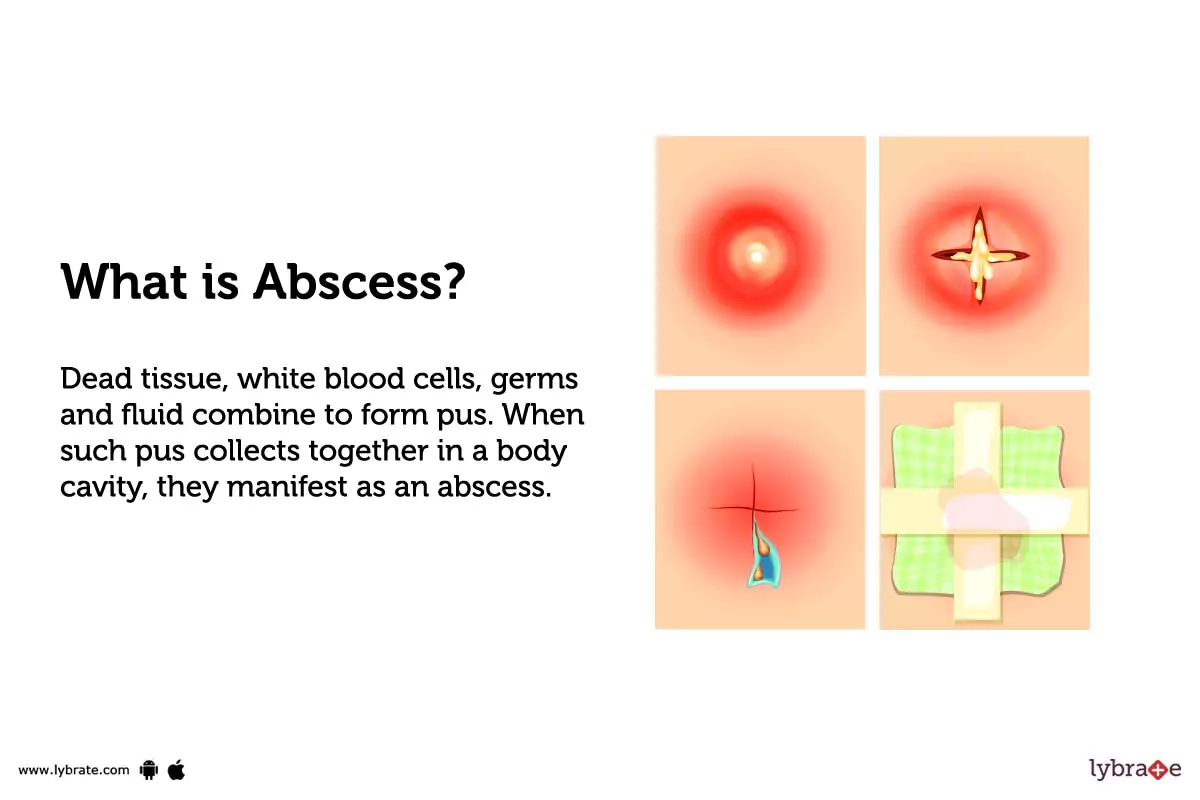List of Pertinent Information:
1. “Malignant” is a 2021 American horror film directed by James Wan and written by Akela Cooper.
2. The film stars Annabelle Wallis and follows a woman who experiences visions of people being murdered, only to discover that the events are happening in real life.
3. Released in the United States on September 10, 2021, by Warner Bros. Pictures.
4. Available to stream on HBO Max.
5. Grossed $34 million at the box office.
6. Positive reviews from critics.
7. The plot involves a violent patient named Gabriel who can control electricity and broadcast his thoughts.
8. Madison, the main character, is accused of committing murders while her biological mother, Serena May, is taken to a hospital.
9. Madison’s parasitic twin brother, Gabriel, is the culprit behind the murders. Gabriel’s body was partially removed from Madison’s back, but his brain remains inside her skull.
10. Gabriel takes control of Madison’s body, causing unnatural movements and leaving upside-down handprints at crime scenes.
11. Madison regains control and locks Gabriel away in her mind.
12. The movie was produced from September 24, 2019, to December 8, 2019.
13. Theatrical release dates: September 1, 2021, in select international markets and September 10, 2021, in the United States.
14. Distributed by Warner Bros. Pictures under the New Line Cinema banner.
15. Originally scheduled for release on August 14, 2020, but delayed due to the COVID-19 pandemic.
16. Streamed on HBO Max for one month as part of Warner Bros.’ 2021 film plan.
17. Also released through video-on-demand on October 22, 2021.
18. Blu-ray and DVD release on November 30, 2021, and 4K release on May 24, 2022.
19. Streamed by 753,000 U.S. households in its first weekend and watched in over 1.6 million U.S. households by the end of its first month.
20. Box office earnings: $13.4 million in the United States and Canada, $21.5 million in other territories, and a worldwide total of $34.9 million.
21. Opening weekend projection: $5-9 million from 3,500 theaters. Debut earnings of $5.6 million, finishing third at the box office.
22. Positive critical response with a 76% approval rating on Rotten Tomatoes and a Metacritic score of 51 out of 100.
23. Average grade of “C” on CinemaScore and 59% positive score on PostTrak.
24. Various notable reviews from film critics with a range of opinions about the movie, including positive and negative reviews.
25. Some critics suggest the film could be intended as parody or self-parody, taking tropes from director James Wan’s earlier works to extreme lengths.
Continue Reading
